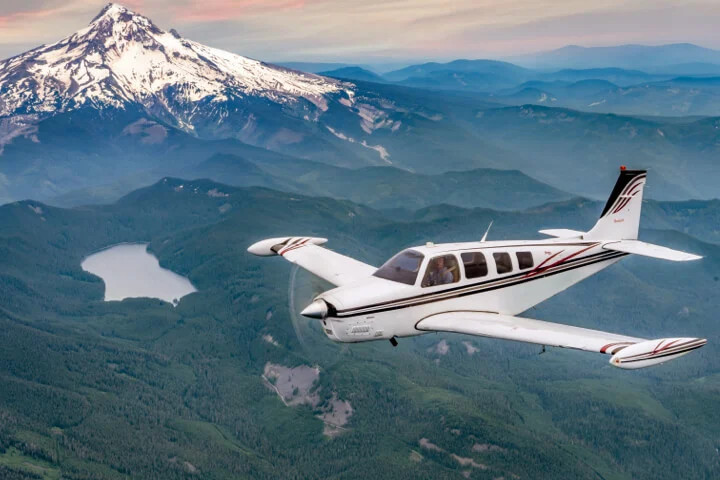
AUTONOMÍ™ AUTONOMOUS SAFETY-ENHANCING TECHNOLOGIES – FEATURING SMART GLIDE
In the event of the loss of engine power in a single-engine airplane, a pilot faces the urgent, workload-intensive job of safely flying the aircraft. Our Smart Glide function — available on GTN™ Xi series navigators with compatible flight displays — provides assistance, helps the pilot efficiently navigate to an airport in range and, with a compatible autopilot, can even fly the aircraft en route, allowing the pilot to focus on key tasks essential to this emergency operation1.
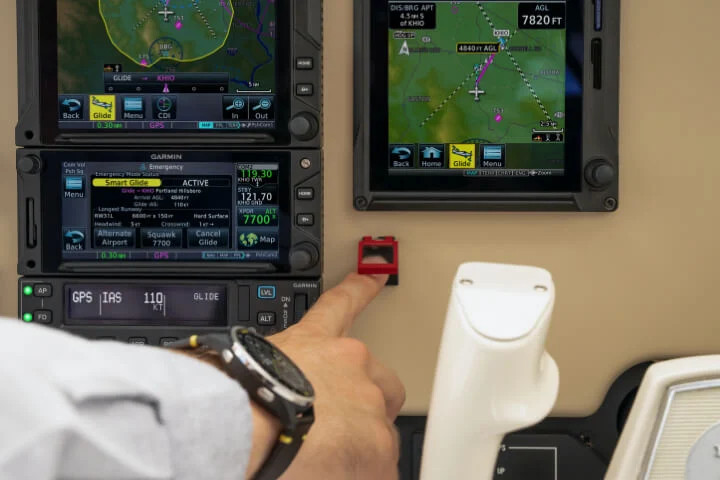
EASY INITIATION
After an engine failure, the pilot activates Smart Glide mode with the press of a dedicated panel-mounted button, through the GTN Xi navigator or via a compatible flight display.
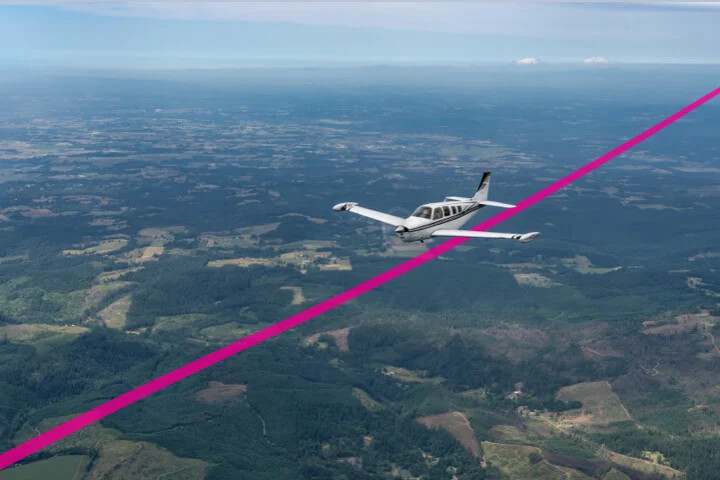
FLIGHT ROUTING
Considering the aircraft’s estimated glide range (including terrain and obstacles), the system recommends a suitable airport for landing and offers a list of alternatives, or it alerts if no airport is estimated to be within glide range. If an airport is available, it creates a Direct-to route to the selected airport.
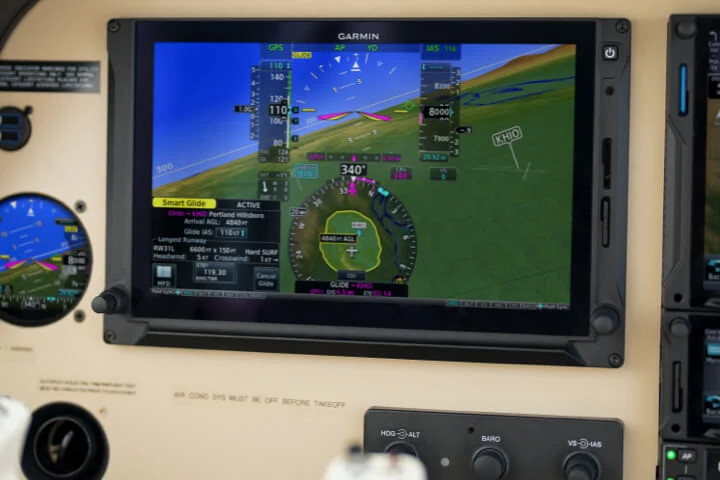
AUTOPILOT NAVIGATION
Smart Glide automatically switches the CDI to GPS mode, engages the Garmin autopilot in IAS mode at best glide speed and activates flight director command bars on the compatible flight display. With compatible third-party autopilots, the pilot can activate the appropriate autopilot modes to receive lateral GPS guidance.
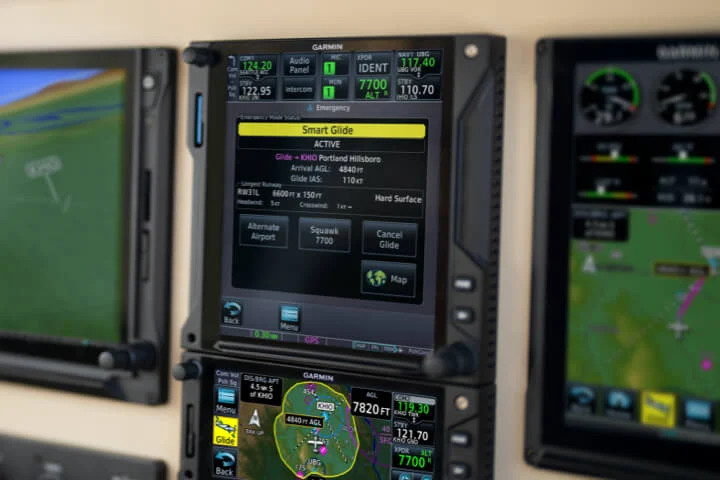
AUTOMATED TASKS
In addition to activating the Garmin autopilot, the system automatically loads the selected airport’s CTAF frequency in the primary Comm standby position, and it offers a shortcut for loading the 7700 squawk code2. So, the pilot can focus more attention on checklists, communication and passengers.
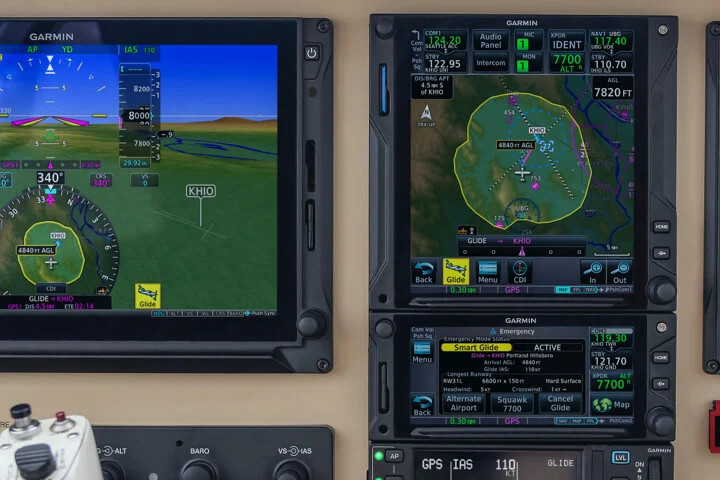
IN-FLIGHT INFORMATION
The system displays a glide range ring and provides destination airport information, including bearing and distance, runway orientation, elevation and winds (if available). Aural alerts advise the distance and bearing to the airport — as well as when the pilot should begin maneuvering for landing.
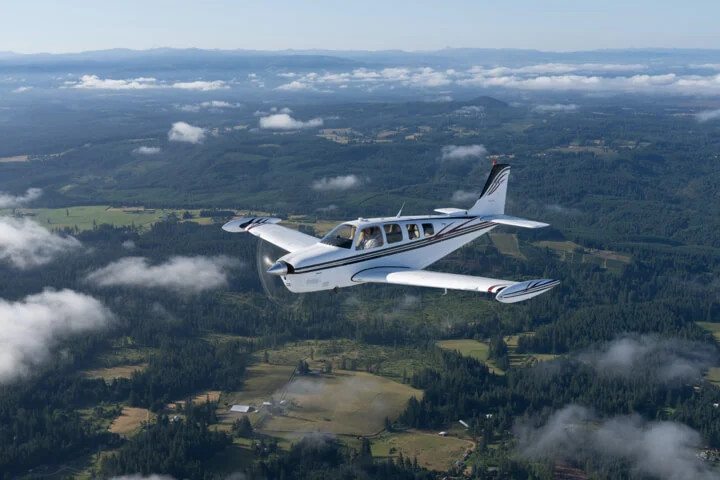
LANDING
Once the aircraft is near the airport, the pilot resumes control and prepares the aircraft for arrival — for example, bleeding off altitude and making the final approach to the selected runway — then lands the aircraft.


